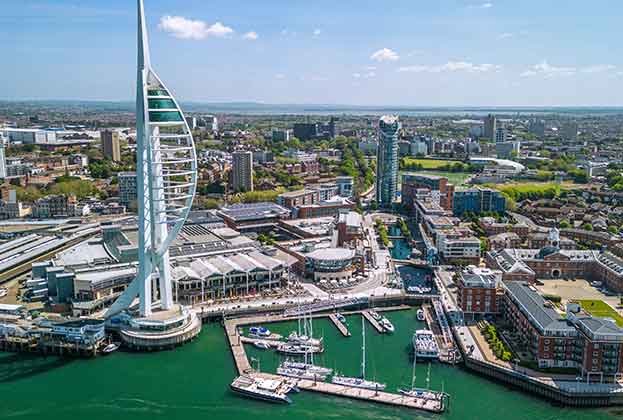New York and London regularly jostle for supremacy as the world’s most preeminent city, and each is home to among the world’s largest transport systems. Last autumn, they achieved the same milestone: with schools in session, employees working and tourists visiting, both recorded four million public transit journeys, the highest daily weekday travel rate since the pandemic.
This represents a significant step in the recovery of transport usage. However, it’s just one aspect of broader changes in living, working and leisure habits, with direct implications for property markets in cities across the globe.
While many aspects of life quickly returned post-pandemic, public transport use continues to lag. In spite of its recent recovery, London Underground usage was 84% of pre-pandemic levels last year, while New York’s subway ridership stood at 70%, San Francisco (7
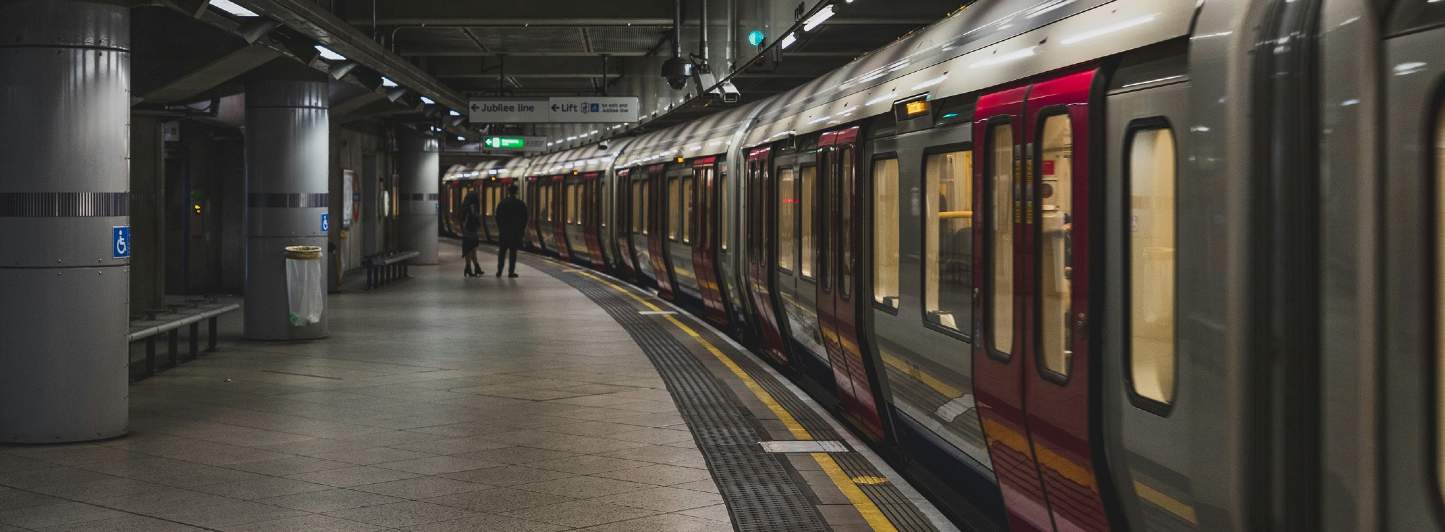
The Savills Blog
What metro ridership recovery tells us about evolving property markets of global cities
New York and London regularly jostle for supremacy as the world’s most preeminent city, and each is home to among the world’s largest transport systems. Last autumn, they achieved the same milestone: with schools in session, employees working and tourists visiting, both recorded four million public transit journeys, the highest daily weekday travel rate since the pandemic.
This represents a significant step in the recovery of transport usage. However, it’s just one aspect of broader changes in living, working and leisure habits, with direct implications for property markets in cities across the globe.
While many aspects of life quickly returned post-pandemic, public transport use continues to lag. In spite of its recent recovery, London Underground usage was 84% of pre-pandemic levels last year, while New York’s subway ridership stood at 70%, San Francisco (7

The Savills Blog
What metro ridership recovery tells us about evolving property markets of global cities
New York and London regularly jostle for supremacy as the world’s most preeminent city, and each is home to among the world’s largest transport systems. Last autumn, they achieved the same milestone: with schools in session, employees working and tourists visiting, both recorded four million public transit journeys, the highest daily weekday travel rate since the pandemic.
This represents a significant step in the recovery of transport usage. However, it’s just one aspect of broader changes in living, working and leisure habits, with direct implications for property markets in cities across the globe.
While many aspects of life quickly returned post-pandemic, public transport use continues to lag. In spite of its recent recovery, London Underground usage was 84% of pre-pandemic levels last year, while New York’s subway ridership stood at 70%, San Francisco (71%), and Los Angeles (67%).
This contrasts with Asian and some European cities, where travel patterns bounced back to pre-pandemic norms. In 2023, Singapore daily usage was 96% of 2019 levels, in Madrid it was 98%, while in Shanghai ridership has returned to pre-pandemic levels.
This reflects, to varying degrees, a continued prevalence of hybrid working. Office utilisation stands at close to 100% in China and 85% in Singapore, so weekday public transport usage has recovered accordingly. Cultural factors play a role, with a greater culture of presenteeism in Asia, while city-centre living means travel times tend to be shorter. The same is true of Spain (to a lesser extent); office utilisation in Madrid stands at 66%.
By contrast, utilisation remains under 50% in the sprawling and tech-heavy markets of San Francisco and LA. But even here, offices remain integral to business operations and as places to collaborate, and occupier demand has increasingly shifted to best in class, well located prime offices, as an essential tool in aiding staff recruitment and retention.
Changing commuter patterns affect other property sectors too. A Tuesday-Wednesday-Thursday commuter peak has pushed ridership across London’s rail and tube services to 85% of pre-pandemic levels, while Fridays lag at 73%. In response, Transport for London is trialling lower off-peak Friday fares, attempting to boost travel and support leisure and F&B businesses.
Weekend travel has returned more quickly where city centres have tourists and leisure visitors. In San Francisco, weekend ridership has recovered to 86% of pre-pandemic levels, against weekday usage of 68%.
The recovery seen in retail and leisure sectors around the world reflects this, led by prime locations commonly found in global cities
One reason that public transport has been slower to recover is because the pandemic-induced shift to private vehicles has lingered. Taking New York, vehicle journeys across the city’s bridges and tunnels were their highest ever last year. The continued appeal of private transport poses challenges for cities looking to control emissions and improve air quality. One of New York’s responses has been to enact a bike, pedestrian, and micro-mobility strategic action plan. Paris, meanwhile, is boosting public transport usage: when pollution peaks, it offers residents discounted travelcards, while prohibiting certain categories of cars.
Transport networks are again bringing people together to live, work and play, supporting the social and economic vitality of global cities. But travel patterns have, in some cases, changed, and with them how residents, workers, and visitors utilise real estate. Cities are used to adapting, and their property markets will continue to evolve to ensure efficient and sustainable use of space. This extends to promoting well-connected, mixed-use places that not only meet current demands but are also adaptable to future needs.
Further information
Contact Paul Tostevin
Why big brands are banking on bricks and mortar
Recommended articles
About the Blog
{{ABOUT_BLOG_TEXT}}
Categories
Blog search
Trending articles
If you have any comments or questions regarding the Savills blog just drop us a line.
About the Blog
{{ABOUT_BLOG_TEXT}}
Categories
Blog search
Trending articles
If you have any comments or questions regarding the Savills blog just drop us a line.




.jpg?1714408023.94947)
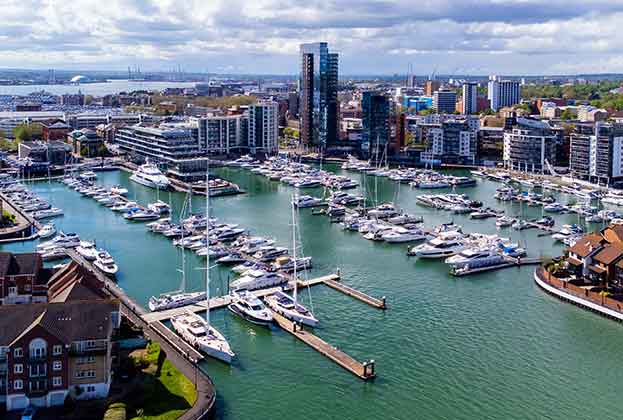
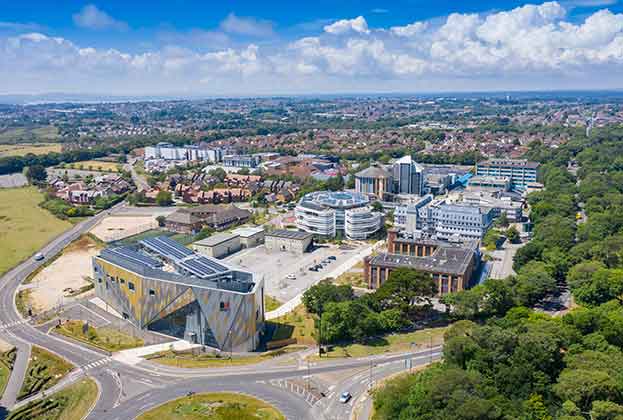
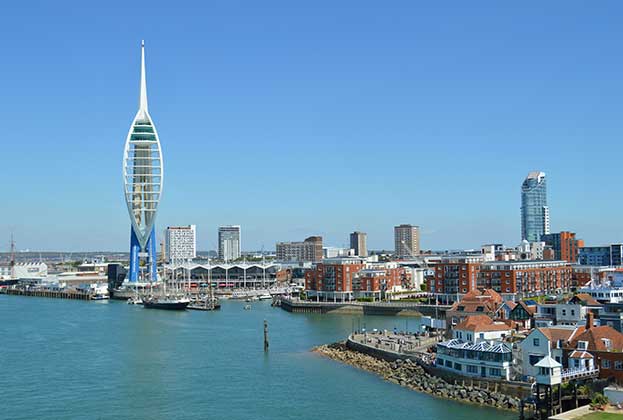
.jpg?1714408023.94947)
